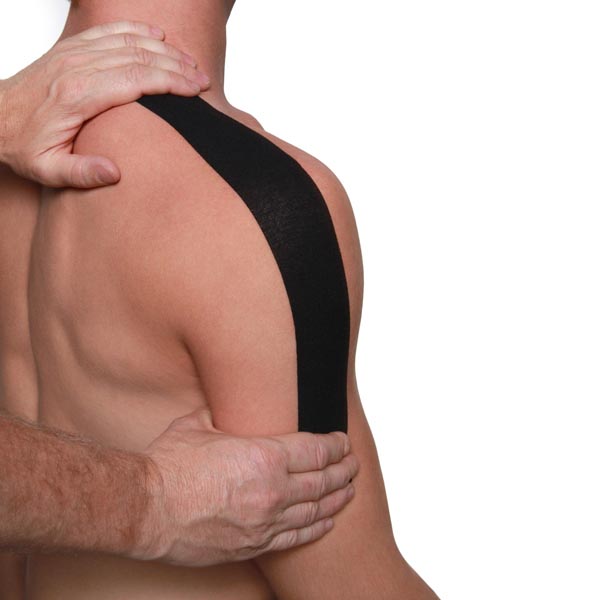Physiotherapy Treatment For Dislocations
What is a joint dislocation?
Joint dislocations are common sports injuries (shoulder or knee dislocations). A dislocated shoulder occurs when the ball of your upper arm bone is forced out of the shoulder socket, whereas a knee (patella) dislocation refers to when the kneecap is completely displaced out of its normal position. This often happens outwardly (laterally).
Causes and types of dislocation
First-time shoulder and knee dislocations are usually caused by trauma. Sometimes a shoulder dislocation happens when people fall onto an outstretched arm. The shoulder has the largest amount of motion of any joint in the body, which makes it relatively unstable and prone to dislocations. The large majority of shoulder dislocations happen forwards, when the arm is forced into hyperextension, abduction and external rotation (when you move your upper arm outwards / toward your back, like when you’re throwing a ball).
A knee dislocation is primarily caused by twisting or a blow to the knee. It most commonly occurs in athletic teenagers.
You are more prone to knee dislocation if you have:
- a history of dislocations
- patellofemoral joint hyperlaxity or maltracking (when the muscles in the upper thigh pull the kneecap out of balance)
- a shallow femoral groove
- weak inner quadriceps muscles
- tight hip flexors or other leg muscles
Treatment for dislocations
Traumatic dislocations should always be evaluated by a physiotherapist or medical doctor and should be treated as soon as possible. Especially the shoulder area is at high risk for artery and nerve impingement. The treating physiotherapist or doctor will look for signs of dislocation and associated muscle and ligament damage. An X-ray, ultrasound or MRI may also be used.
Your physiotherapist will aim to:
- reduce the pain and inflammation
- give advice on avoiding further aggravation to injury
- Immobilise the joint if necessary (e.g. taping the knee)
- give re-activation exercises
- use hands-on techniques to normalise the joint’s range of motion
- strengthen your shoulder or knee
- Improve motion technique and function of the knee or shoulder
- Minimise the chance of re-dislocation
Need Physiotherapy Treatment For Dislocations? Call Physio SA Today
We have four Physio clinics in Adelaide & all our Physiotherapists have over 30 years experience in the rehabilitation & treatment of dislocations in all areas of the body. Specialising in shoulders & elbows. Call one of our clinics today

